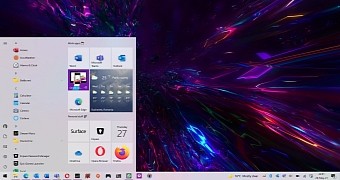

I’d love to be able to quickly glance at information from my to-do list, keep track of my fitness goals, or view the status of my smart devices anytime I visit my desktop.Īs it stands, Windows 11’s widgets fail at what makes them most useful on other platforms: the ability to provide information without making you search for it. But with rumors that Microsoft is opening the feature to third-party developers soon, I’m hoping the company actually makes the feature altogether more practical. Granted, there are also very few widgets currently available in the first place.

Considering the widgets panel can only be accessed via a shortcut or taskbar button, it’s destined to be ignored by the majority of users. Instead, the company severely limited widgets by collecting them in a hidden side panel. With Windows 11, Microsoft went back to traditional widgets and had a chance to make them as useful as they are on our smartphones. These were Start menu items that doubled as application launchers and sources of glanceable information. Then Windows 8 and Windows 10 abandoned traditional widgets in favor of Live Tiles. Windows 7 allowed you to place these gadgets wherever you wanted on your desktop, but these were eventually deemed a security hazard and eventually scrapped.

Vista had the Windows Sidebar, a collection of widgets (then called ‘gadgets’) that provided glanceable information on one side of your desktop.


 0 kommentar(er)
0 kommentar(er)
